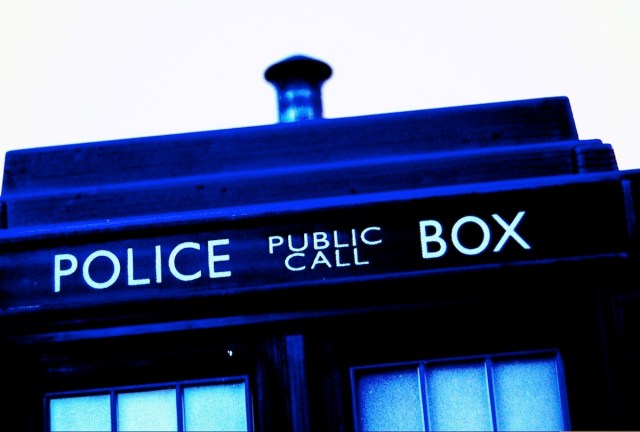Two Actual Physicists Wrote a Paper on How a Real TARDIS Would Work
Yup, that's a thing physicists spent time on, because being physicists wasn't awesome enough for them.

“Traversable Achronal Retrograde Domains in Spacetime” is the name of a scientific paper written by physicists Dr. Ben Tippett and Dr. Dave Tsang. Yes, not only do they study black holes and Einstein’s theory of general relativity, but they deliberately named theorized spacetime bubbles TARDIS. We want to be their best friends.
Basically, the proposed real life TARDIS is a bubble of spacetime capable of moving backwards and forward along a loop of time. If several of these loops could be spliced together, it would allow the TARDIS to travel between any point in space and time.
Of course, though the theory works out, building such a thing would step outside of the bounds of normal matter. Presumably, that’s why the Gallifreyans had to grow them.
You can read the original TARDIS paper straight from arXiv.org, which is operated by Cornell Univeristy, but it’s a little dry and simply explains how the TARDIS bubbles would function. It also assumes the reader has a pretty solid grasp of some very advanced physics, although it still includes some diagrams containing figures that are obviously Amy Pond and Barbara Wright, which makes us smile.
Don’t worry; they anticipated that it would be hard for the average person to understand their paper, so they simplified it in “The Blue Box White Paper.” The simplified paper, on top of being really amusing and containing a ton of Doctor Who references and character diagrams, is actually a pretty solid read for anyone who wants to understand more about relativity and the curved geometry of space and time without earning their own physics degree.
Unfortunately, it doesn’t seem either of the papers has been officially published, so whether or not the TARDIS bubbles are a sound theory is up for debate. However, the papers are definitely a good way to use fictional characters to explain real science, which we’re all for.
Dr. Tippett has written other papers on fictional science that discuss Superman’s powers and the Cthulu. He and Dr. Tsang work together on The Titanium Physics Podcast, which explains crazy physics concepts using fun analogies that everyone can understand.
You can read an interview about the TARDIS paper conducted by a cartoon bunny on the podcast’s website here. We cannot stress enough how much we want to be best friends with these guys.
(via ExtremeTech, images via Toenex Lacey, Ben Tippett, and Dave Tsang)
- MinutePhysics also helped us explain real time travel in this video
- So did TED-Ed in another one
- Speaking of awesome teams of Doctors, Matt Smith and David Tennant loved working together
Have a tip we should know? tips@themarysue.com